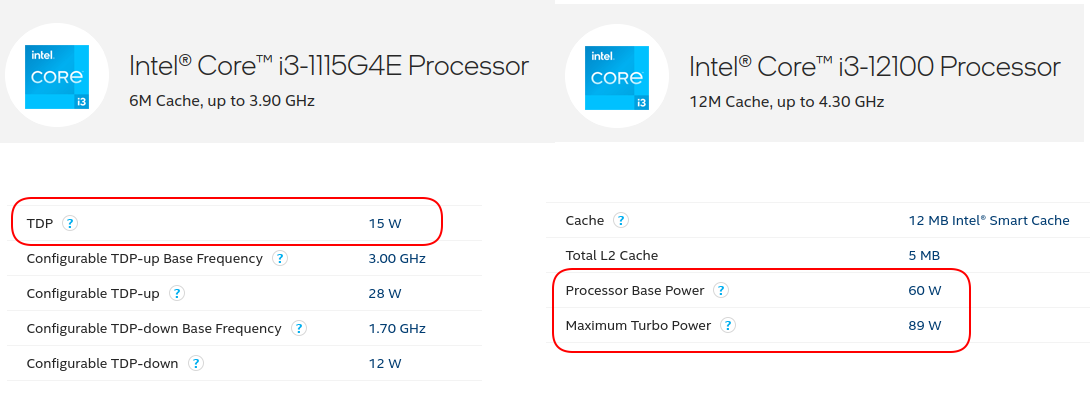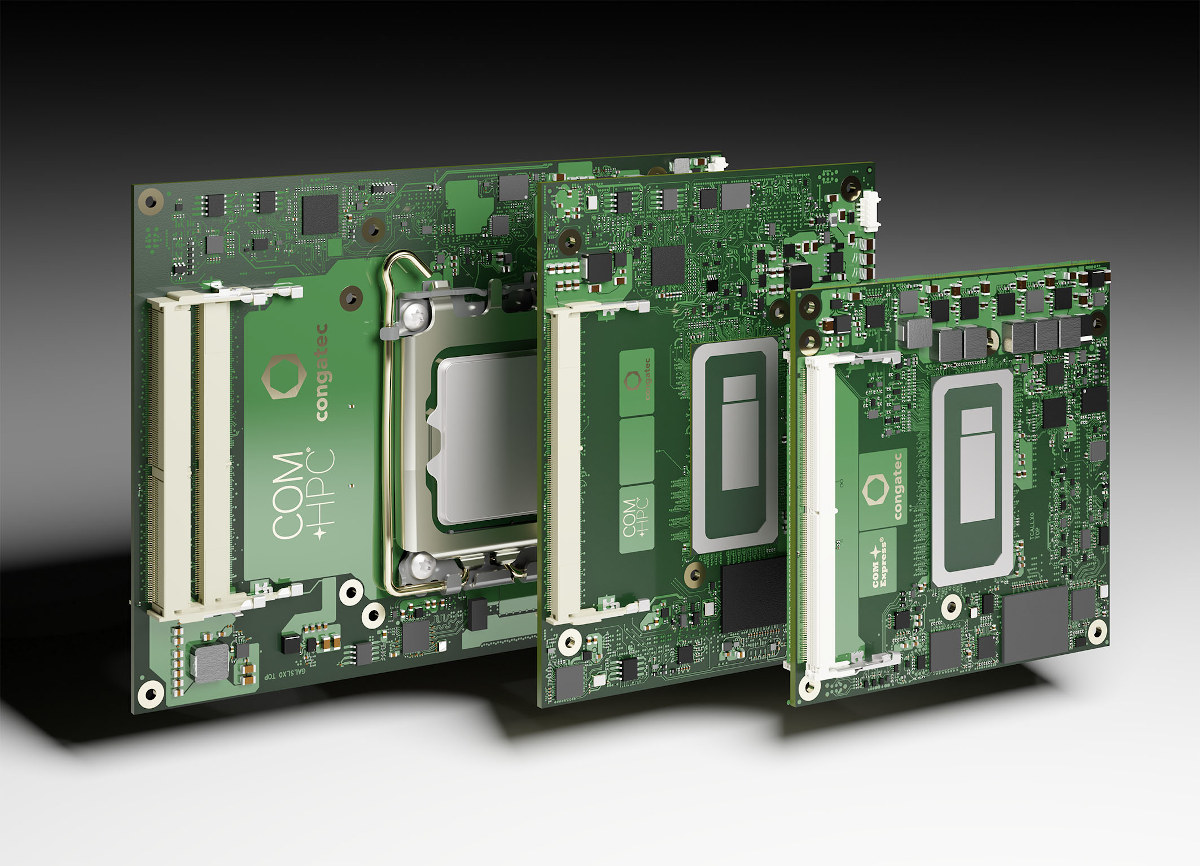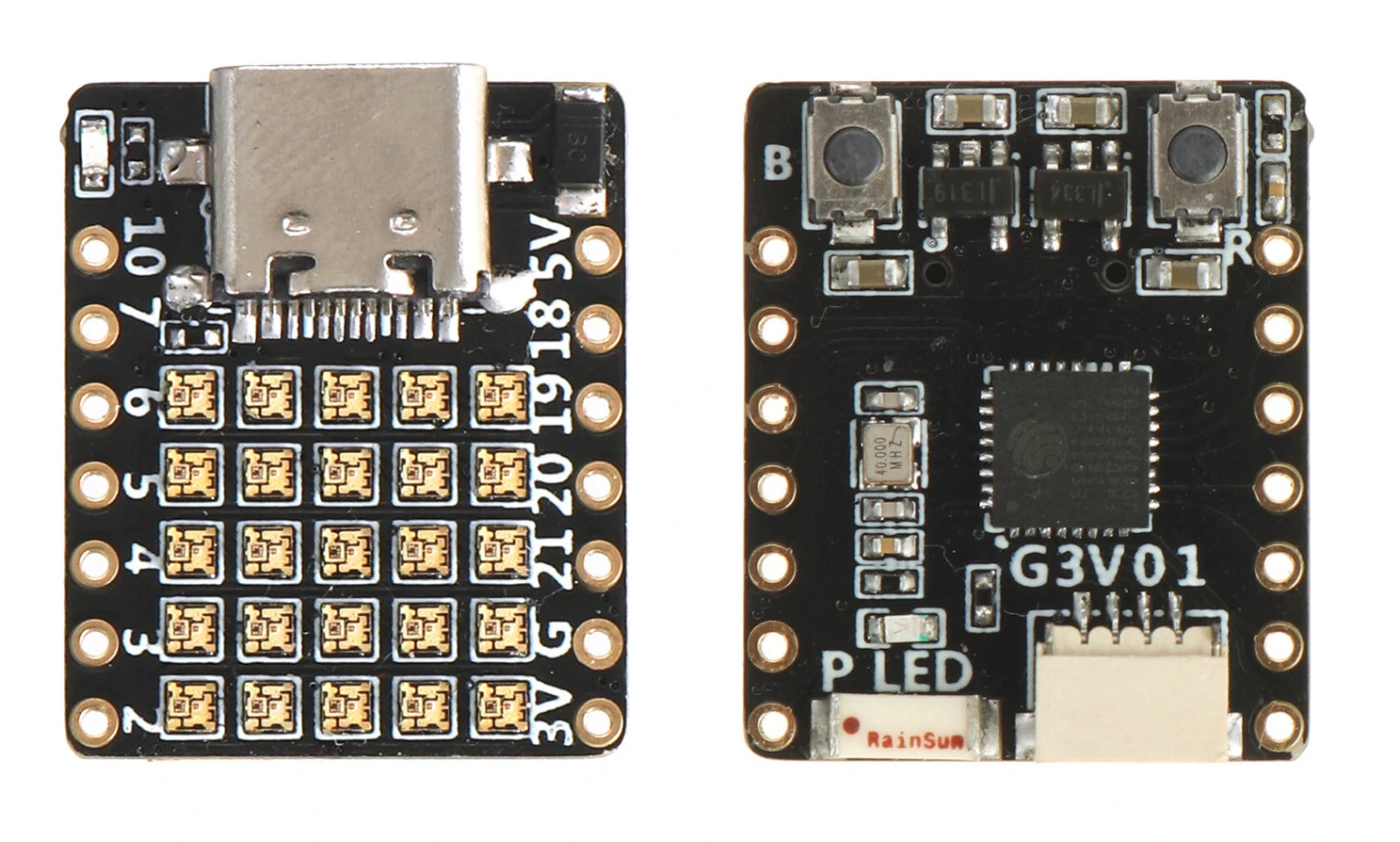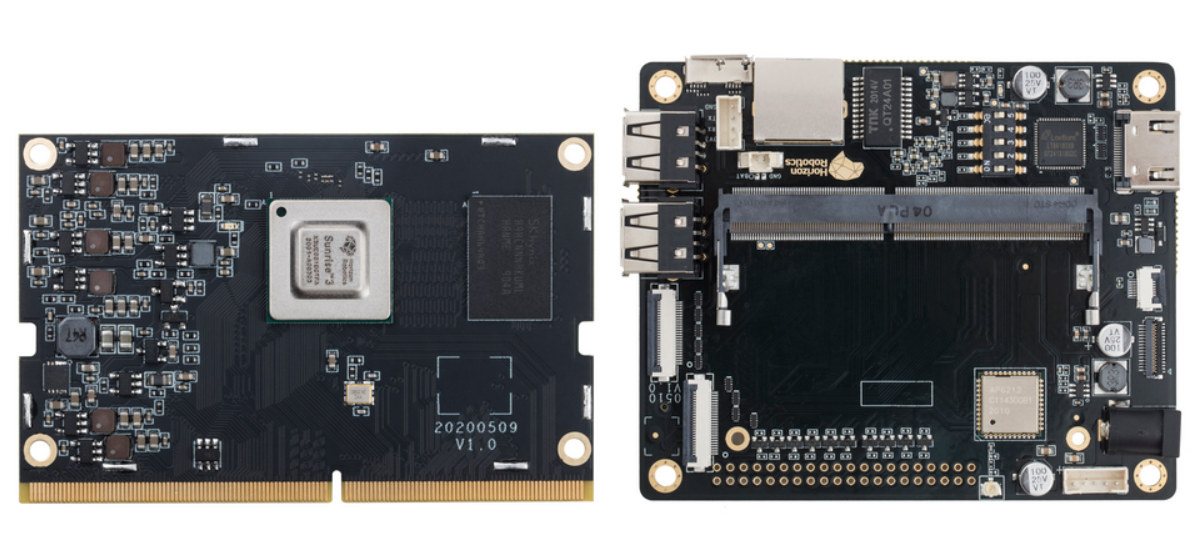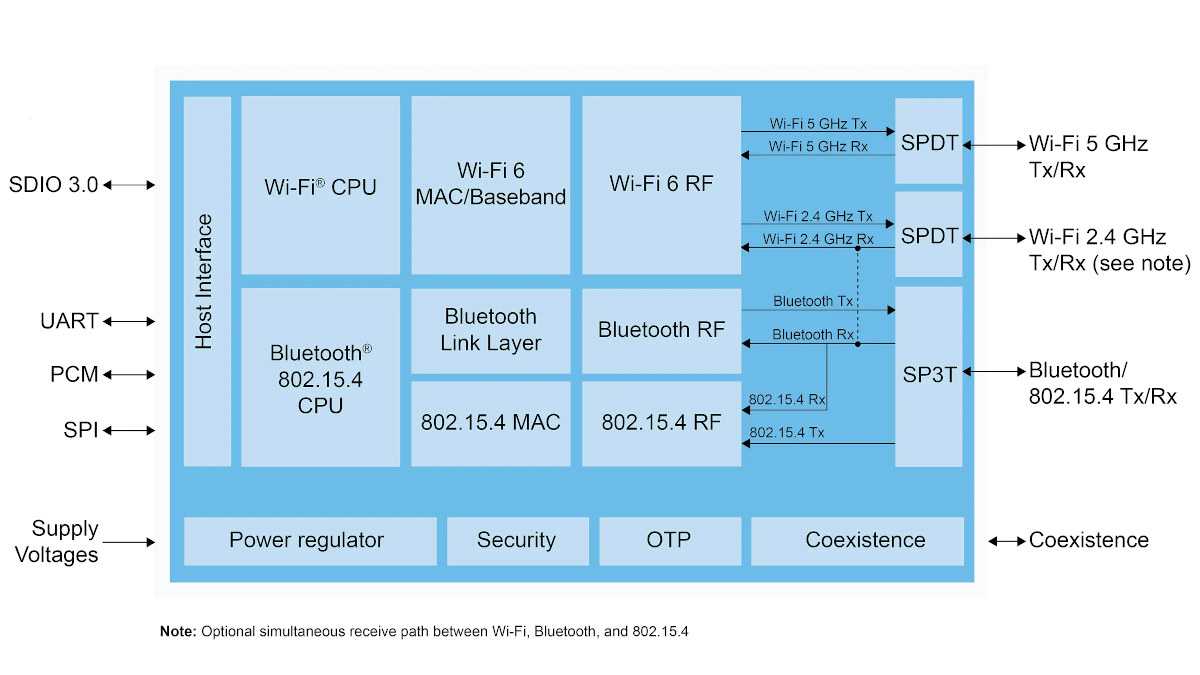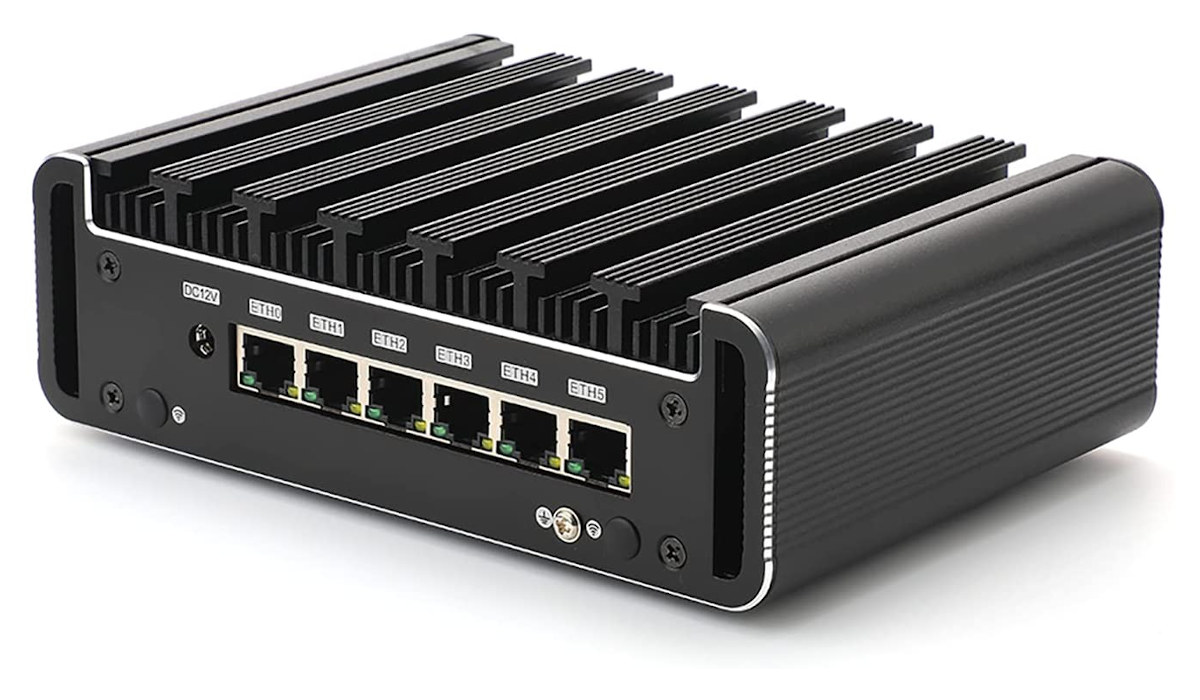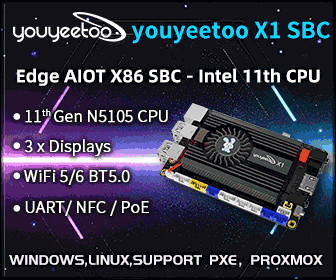TDP (Thermal Design Power) metric has been used for years to help manufacturers design appropriate cooling solutions for Intel/AMD processors and give an idea of their power consumption. But I did not immediately catch up that TDP was gone from the recent Alder Lake IoT processors announcement, and Intel is now using PBP (Processor Base Power) instead, while somehow cTDP (configurable TDP) down/up numbers are still provided. Beyond the announcement, if we look into the Intel Ark database, older processors still show TDP, while it’s completely gone for new processors with the specs instead listing Processor Base Power (PBP), and for the ones with Turbo mode “Maximum Turbo Power” (MTP) is also included. But what do those mean exactly? Intel “explains”: TDP definition: Thermal Design Power (TDP) represents the average power, in watts, the processor dissipates when operating at Base Frequency with all cores active under an Intel-defined, high-complexity workload. […]
congatec launches 10 new COM-HPC and COM Express Computer-on-Modules with 12th Gen Intel Core processors (Sponsored)
congatec – a leading vendor of embedded and edge computing technology – introduces the 12th Generation Intel Core mobile and desktop processors (formerly code-named Alder Lake) on 10 new COM-HPC and COM Express Computer-on-Modules. Featuring the latest high-performance cores from Intel, the new modules in COM-HPC Size A and C as well as COM Express Type 6 form factors offer major performance gains and improvements for the world of embedded and edge computing systems. Most impressive is the fact that engineers can now leverage Intel’s innovative performance hybrid architecture. Offering up to 14 cores/20 threads on BGA and 16 cores/24 threads on desktop variants (LGA mounted), the 12th Gen Intel Core processors provide a quantum leap [1] in multitasking and scalability levels. Next-gen IoT and edge applications benefit from up to 6 or 8 (BGA/LGA) optimized Performance-cores (P-cores) plus up to 8 low-power Efficient-cores (E-cores) and DDR5 memory support to […]
Board with 25 RGB LEDs is offered with ESP32-C3 or ESP32-Pico-D4
In case you are in need of a tiny WiFI or Bluetooth-connected board with an RGB LED matrix, two have shown up on Banggood with basically the same 25 RGB LED design , except “C3FH4 RGB” board is based on ESP32-C3 RISC-V SoC, while the other, named “PICO D4 RGB“, features ESP32-Pico-D4 SiP (System-in-Package). The boards are cute and the main purpose is probably for decoration/ornament, but I’d imagine if you purchase a few they could also be used as an experimentation/education platform for mesh networking, using the ESP Mesh Development Framework (ESP-MDF) for instance. C3FH4 RGB / PICO D4 RGB board specifications: SoC/SiP C3FH4 RGB board – ESP32-C3FH4 SoC with RISC-V core @ 160 MHz, 4MB flash, 2.4GHz Wi-Fi, and Bluetooth 5 LE with Long-Range support PICO D4 RGB board – ESP32-PICO-D4 system-in-package with ESP32 dual-core Xtensa processor @ 240 MHz, 2.4GHz Wi-Fi and Bluetooth dual-mode, 4MB flash Ceramic […]
Horizon X3 AI development board is powered by Sunrise 3 AI Edge Arm processor
Horizon X3 AI development board is powered by Horizon Robotics Sunrise 3 (aka X3) quad-core Cortex-A53 processor with a 5 TOPS NPU, and multiple camera support with the chip apparently designed for the automotive industry. [Update January 25, 2022: A third-party company, Finsbury Glover Hering, claiming to represent Horizon Robotics informed CNX Software the chip is not designed for the automotive market, and that Horizon’s AIoT business is actually limited to the domestic China market and not overseas.] The devkit is comprised of a Sunrise 3 system-on-module with 1GB LPDDR4 & 16GB EMMC memory, as well as a baseboard with Gigabit Ethernet and WiFi, HDMI up to 1080p60 and MIPI DSI interface, a camera interface, and a 40-pin header for expansion. Horizon X3 AI development board specifications: SoC – Horizon Robotics Sunrise 3 quad-core Cortex-A53 processor @ 1.2 GHz, one Cortex-R5 core, a 5 TOPS NPU (2x “Bernoulli” BPU) System […]
NXP IW612 Wi-Fi 6, Bluetooth 5.2, 802.15.4 tri-radio solution supports Matter
Matter, previously known as Project Chip, is a unified interface for Smart Home devices to improve interoperability between devices from different manufacturers and associated services like Google Assitant or Amazon Alexa. Matter can work over Thread, WiFi, Ethernet, BLE, etc… so it’s not limited by the physical layer. So far, we mostly heard about development related to Matter, and Espressif has published a series of posts about Matter to be for instance used by their upcoming ESP32-H2 wireless MCU, but I had not seen many other solutions, not commercial products. This is going to change in 2022, as Belkin announced it’s working on “redesigned smart plugs and lighting solutions” with support for Matter over Thread” that start selling this summer. Separately, NXP also announced the IW612 tri-radio solution with Matter support and dual-band WiFI 6, Bluetooth 5.2, and 802.15.4 radios. NXP IW612 IW612 key features and specifications: Dedicated, independent CPUs […]
6x GbE Intel Tiger Lake network appliance supports pfSense
If you’re after a network appliance with a recent processor and supporting pfSense you may be in luck. HUNSN RS36a is a mini PC-like device that comes with six Gigabit Ethernet ports, and features an Intel Core i5-1135G7 Tiger Lake processor with support for up to 64GB RAM, 2.5-inch SATA and mSATA SSD that is sold on Amazon for $527.99 and up. The company says the system is compatible with many FreeBSD-based router systems, Linux distros, and Windows operating systems., and it has already been tested with pfSense, Untangle, OPNsense, and other open-source solutions for firewalls, VPN, network security, and so on. HUNSN RS36a specifications: SoC – Intel Core i5-1135G7 quad-core Tiger lake processor @ 2.50 GHz / 4.2 GHz (Turbo) with 8MB cache, 80EU Intel Iris Xe graphics; 15W TDP Syste Memory – 2x SODIMM DDR4-3200, up to 64GB RAM Storage – 1x mSATA SSD socket, 1x 2.5-inch SATA […]
The death of transformers? AC Direct DC Enabler is a solid-state solution for AC-DC power supplies
Power supplies would typically transform AC mains to DC voltage with the use of transformers, rectifiers, or filtering, but Amber Solutions’ AC Direct DC Enabler chip claims to do without those old tech electromechanical components by enabling DC extraction directly from AC mains through solid-state architecture. The company claims the technology leads to dramatically smaller size footprints, while simultaneously “delivering a much more dynamic, configurable power delivery capability”. Consumer, commercial and industrial electrical products manufacturers and semiconductor companies can already evaluate the technology as the AC Direct DC Enabler is now available as a demo kit. The company made bold claims even announcing the death of transformers: The magic of the Amber AC Direct DC Enabler is that it allows manufacturers to add modern intelligence and enhanced functionality to new and existing products using much smaller silicon chips to manage and deliver DC power. Using a single silicon chip, this […]
Wi-Fi 6 Release 2 adds support for uplink multi-user MIMO, improves power management
The Wi-Fi Alliance has just announced Wi-Fi 6 CERTIFIED Release 2 with new features that support increasing device and traffic density, and improve power management with Wi-Fi devices and applications. There are two main changes to the standard: Support for uplink multi-user multiple input, multiple output (multi-user MIMO) which will help with video conferencing, faster uploads, more reliable gaming, and IoT use cases. Power management features that will mostly provide benefit smart home, smart city, and Industrial IoT (IIoT) environments Broadcast target wake time (TWT) Extended sleep time Dynamic multi-user spatial multiplexing power save (SMPS) That means there are now three Wi-Fi 6 standards with the original WiFi 6, WiFi 6E, and the new WiFi 6 Release 2. The good news is that the new Release appears to be backward compatible with both WiFI 6 and WiFi 6E and several companies provided quotes for the press release saying how grateful […]


